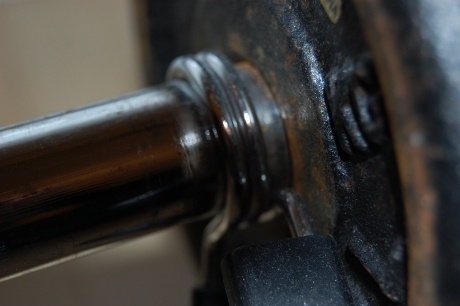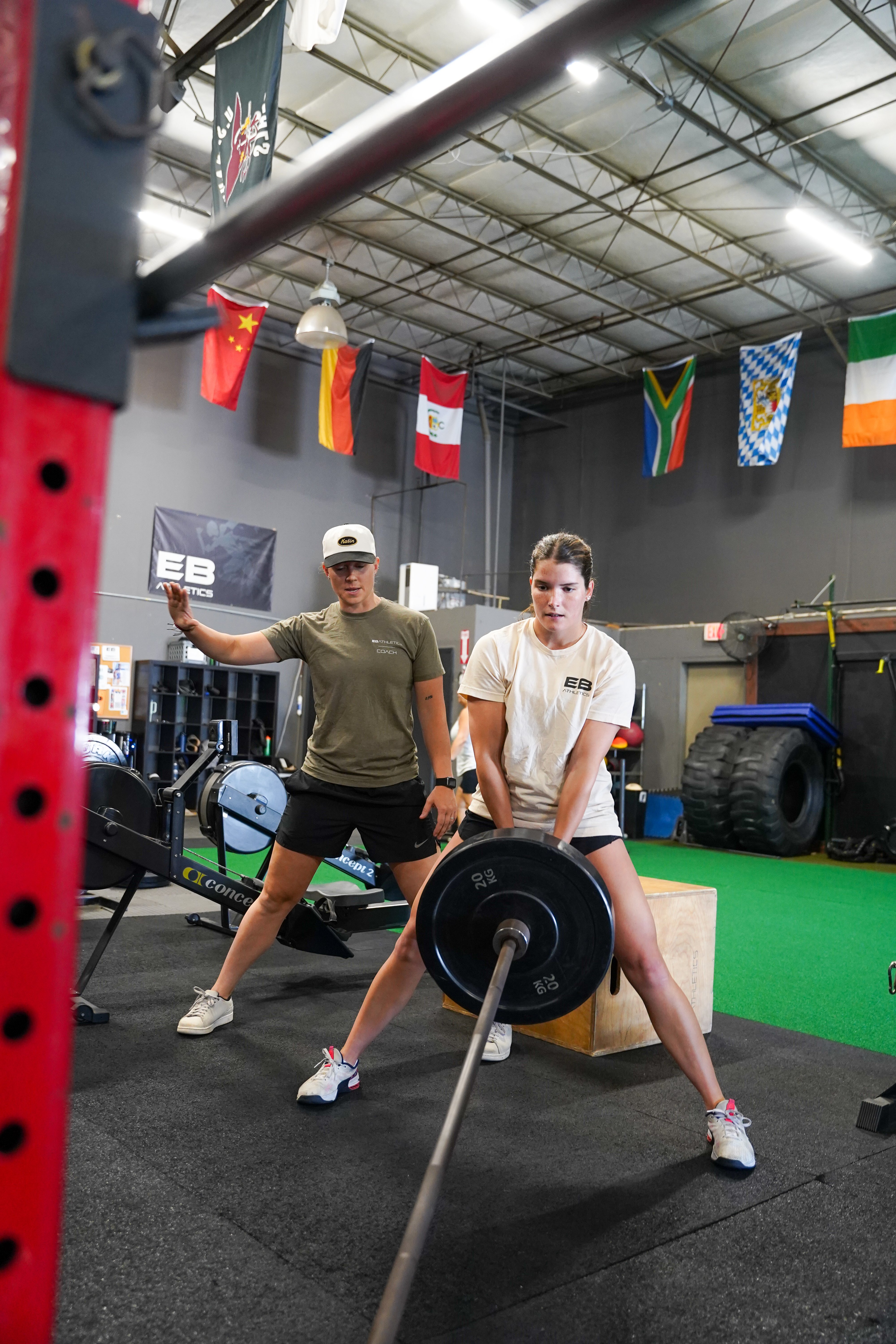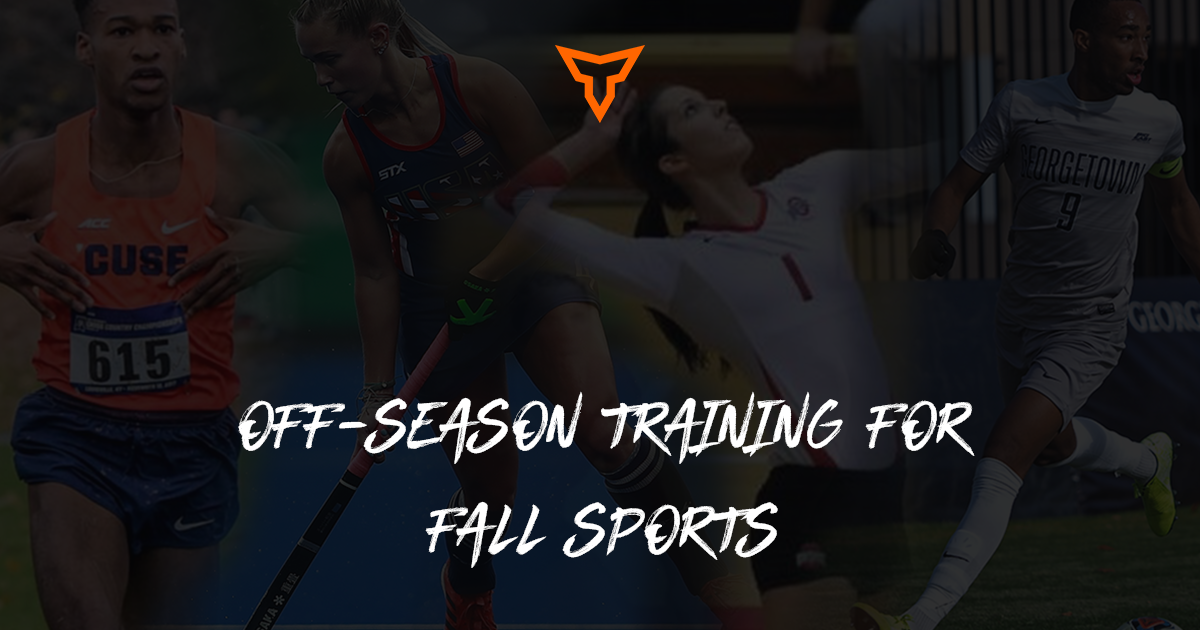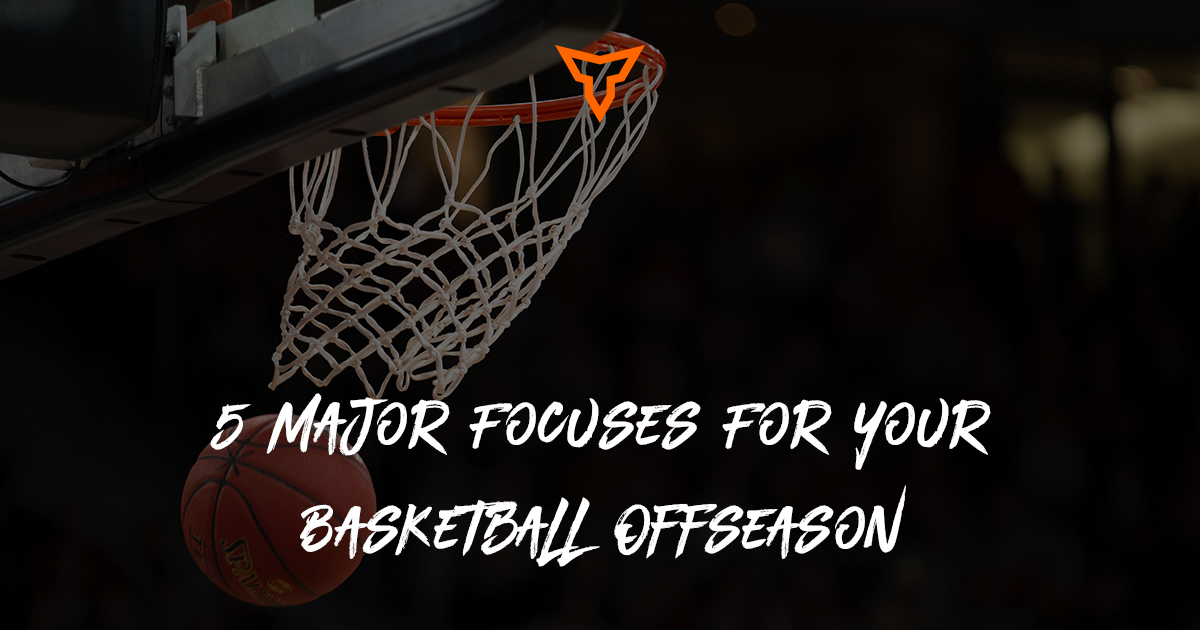Your Guide to Off-Season Training Part 1: Early Off-Season

*This is Part 1 of a series of articles we will be releasing leading up to the summer off-season: "Guide to Off-Season Training." Enjoy!*
Well the season has winded down and the off-season is here. If you are a coach or athlete, you no doubt have already started thinking about next year. You wisely realize that you have a golden opportunity to now to make next season your best season ever – that is IF you get started on the right track. How you start the off-season can set you up for a period of fantastic gains and have you or your athletes ready to dominate the competition next season. Here are 7 tips to help you start your off-season strength training the best way possible.
1. Start with Active Rest
Many athletes are too eager and want to show up for training the day after they finish their last game. This is big mistake. An intense sports season takes a tremendous physical and psychological toll on the athlete. Active rest is the best way to start the off season. We have our athletes take two weeks of active rest. During this time, we get them to follow some simple “rules”:
1. Don’t play or practice your sport
2. Don’t come to the gym
3. Be active – do other recreational activities that are no high-impact (e.g. no jogging)
4. Drop down calories and carbs – no point in spending two weeks getting fat
5. Get into therapy (see next tip)
Remember, it is not how long you train during the off-season, but how much you gain that really counts when the season starts next year. Start your off-season strength training fresh and hungry for hard training!
2. Maximize Your Healthy Training Time
After a hard season, most athletes have a few nagging problems. Towards the end of the season and into playoffs, many athletes have to play through these. Now that the season is over, it is time to fix any minor (or major) problems. I recommend our athletes get into the therapy clinic and be as proactive as possible at getting healthy. Even if this means delaying the return to full off-season training another week or two, it is worth it! The more time you have to train healthy and uninhibited, the better your results will be!
3. Correct Movement Dysfunctions
Physical therapist and FMS co-developer Grey Cook has a wonderful quote: “don’t build fitness on top of dysfunction.” At the start of your off-season training, be sure to address any movement dysfunctions. We do the FMS (functional movement screen) and then provide our athletes with corrective exercises to address the dysfunctions and asymmetries. Starting hard off-season training with a healthy, well-functioning body will improve your results and decrease your risk of injury.
4. Remove Sport Stresses
Elite sport places and huge stress on the body. In the early phases of off-season training it is help to avoid these stresses so that the body can heal. For example, if your sport has you doing a lot of jumping and landing (e.g. volleyball), avoid impact landings. Instead, use lower-impact drills such as box jumps or landing on mats. Look for variations of exercises that place a reduced stress on over-stressed areas. Remember that sport specialization creates dysfunction. Don’t worry about trying to make the early off-season training super sport-specific.
5. Start with Unfamiliar Exercises
During the in-season, I tend not to have a lot of variety with the main training exercises. One reason for this is that while there are thousands of exercises out there, there is only a handful of amazing exercises. During the in-season, I want training to be as efficient as possible and that means using the very best possible exercises. The other reason is that switching to new exercises can make you very sore – which is problematic before games. However, staying with the same exercises too long can lead to over-use injuries, plateaus and boredom. By starting the off-season with different exercises, the mind and body get a break. Then, when you switch back to the best of the best exercises, they will once again provide a fresh stimulus and work well for you.
6. Emphasize Needed Body Composition Changes
Some athletes need to gain functional muscle for their sport or position. If the head coach tells me this is the case for a particular athlete, there is no better time to do this than the off-season. Hypertrophy is one type of goal that is difficult to accomplish without a singular focus. Add the stress of competition, travel, practices and other forms of training (e.g. conditioning) and even the best hypertrophy program can be rendered useless. The early off-season provides the best window when the athlete is free from these other stressors and can devote the time necessary to training, eating, resting and sleeping for rapid muscular gains. The quicker you can make these gains the better. This then allows you to transition into other needs (e.g. strength, power, conditioning) later in the off-season.
For other athletes, losing body fat is needed. For most sports, extra body fat is a hindrance and getting that off will improve virtually every other performance component (e.g. speed, agility, vertical jump, conditioning, etc.). However, like hypertrophy it is also more difficult to pursue simultaneously with other demands. For example, the intense training and reduced carbohydrate intake necessary for fat loss is detrimental to recovery and performance during the season. As with the hypertrophy training, by giving fat loss top priority earlier in the off-season, you can get to your ideal body composition and then focus on the other necessary performance qualities needed for your sport.
7. Hone Your Technique
As you know, in order to maximize safety and results, proper technique is of upmost importance. If there are exercises (e.g. Olympic Weightlifting variations) that are important, yet you are not that good at, this is a great time to practice these. Do not go heavy of try to set a record. Just do multiple low-rep, moderate weight sets at the start of your training session. Try not to get fatigued, but rather to master the movement. Then, as you move a bit farther in your off-season, you can effectively transition these exercises from learning to training and reap the benefits.
Stay tuned for more information on off-season strength training next time.
Andrew Heming works at Trinity Western University as the Head Strength & Conditioning Coach of their varsity Spartan Athletic teams. In addition he is a part-time assistant profession in the university’s School of Human Kinetics and publishes a blog and www.AndrewHeming.com.
Subscribe to our blog
Subscribe to receive the latest blog posts to your inbox every week.
Related posts

Compound Training for the Off Season Athlete

Off-Season Training for Fall Sports
